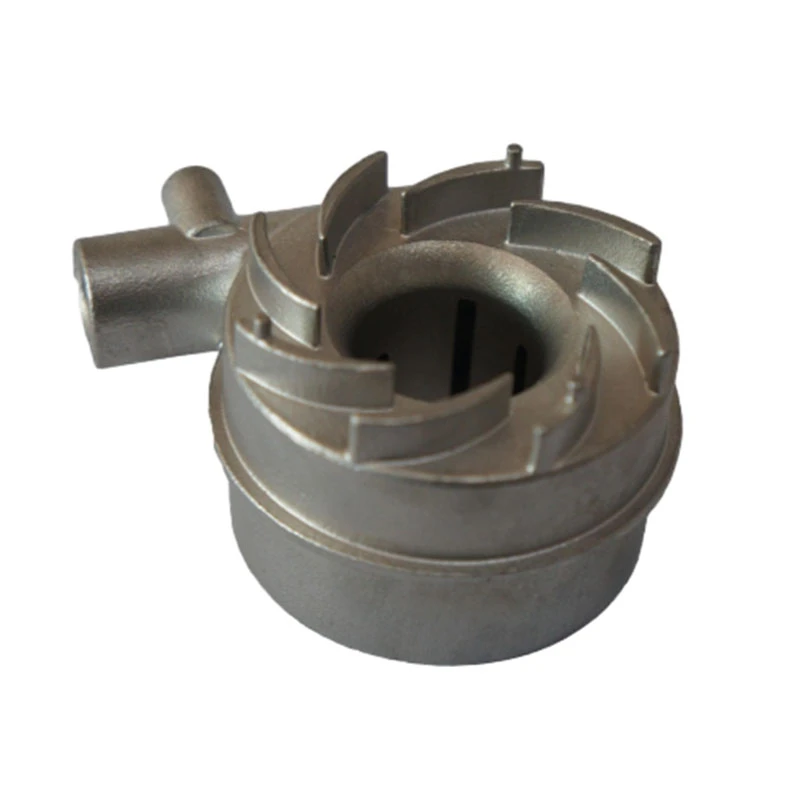Understanding the Principles and Applications of Abrasive Flow Machining Techniques
Understanding Abrasive Flow Machining An In-Depth Look
Abrasive Flow Machining (AFM) is a non-traditional machining process that utilizes a viscous, semi-solid medium filled with abrasive particles to polish and deburr complex geometries in materials. This innovative technique caters to industries requiring precision machining where conventional methods may falter. Here, we explore the mechanics, applications, advantages, and limitations of AFM.
The Mechanics of AFM
AFM operates on a unique principle distinct from traditional machining methods. The primary components of AFM include a viscoelastic polymer that acts as a carrier fluid and abrasive particles that aid in material removal. The process involves extruding this polymer-based medium through or around the workpiece, often featuring intricate internal passages or complex contours.
During the machining process, the medium is forced through the part under controlled pressure. The abrasives present in the medium interact with the workpiece surfaces, effectively removing material at a microscopic level. The movement of the medium, often pulsating or continuous, allows for the abrasives to reach areas that are typically hard to access, thus ensuring a uniform finish across all surfaces.
Applications of Abrasive Flow Machining
Abrasive Flow Machining is employed in various sectors, particularly in aerospace, automotive, and medical industries.
1. Aerospace In the aerospace industry, components experience high-stress applications and must adhere to strict weight and strength regulations. AFM is utilized to improve the surface finish of turbine blades and fuel injectors, enhancing performance and durability.
2. Automotive For automotive parts, AFM is often used to refine engine components, transmission parts, and valves. The reduction of friction and elimination of burrs significantly improve operational efficiency.
3. Medical Devices Precision is crucial for medical instruments, where AFM helps ensure that devices such as surgical tools and implants meet stringent quality standards. The smoothing of surfaces reduces the risk of adverse reactions in biological systems.
abrasive flow machining

Advantages of AFM
The benefits of Abrasive Flow Machining are numerous. Among the most notable advantages include
- Surface Finish AFM can achieve exceptionally fine surface finishes, often down to Ra values of 0.2 micrometers or better. This capability makes it ideal for applications requiring a high level of precision.
- Complex Geometries Unlike traditional methods that struggle with intricate designs, AFM can effectively polish internal cavities and complex shapes without compromising their integrity.
- Material Compatibility AFM can be used on a wide range of materials, including metals, plastics, ceramics, and composites. This versatility broadens its applicability across various industrial sectors.
- Cost Efficiency While initial setup costs may be higher, the long-term savings in reduced wear and less frequent reworking of parts can lead to significant cost reductions over time.
Limitations of AFM
Despite its advantages, AFM does have some limitations. The process is generally slower than traditional machining methods, making it less suitable for high-volume production. Furthermore, the selection of abrasives and medium must be carefully tailored to the specific application to ensure optimal results. Additionally, the technology is relatively complex, which can lead to increased maintenance and operational requirements.
Conclusion
Abrasive Flow Machining is a powerful tool in the modern manufacturing arsenal, providing unique solutions for challenging machining tasks. Its ability to achieve fine surface finishes and process complex geometries makes it invaluable across various industries. While it does present certain limitations, the benefits it offers, particularly in terms of precision and versatility, have secured its place as an essential technique for precision machining. As technology advances and the demands for high-quality components continue to rise, the significance of AFM is likely to grow even further within the manufacturing landscape.
-
Precision Sheet Metal Stamping Manufacturer | Fast & ReliableNewsAug.01,2025
-
OEM Sand Cast Pump Valve Fittings - Baoding Hairun Machinery And Equipment Trading Co., Ltd.NewsAug.01,2025
-
Custom OEM Impellers | High Efficiency & PrecisionNewsAug.01,2025
-
OEM Sand Cast Pump Valve Fittings - Baoding Hairun Machinery | Customization, Quality AssuranceNewsAug.01,2025
-
OEM Sand Cast Pump Valve Fittings - Baoding Hairun Machinery And Equipment Trading Co., Ltd.NewsAug.01,2025
-
OEM Sand Cast Pump Valve Fittings - Baoding Hairun Machinery And Equipment Trading Co., Ltd.NewsJul.31,2025















